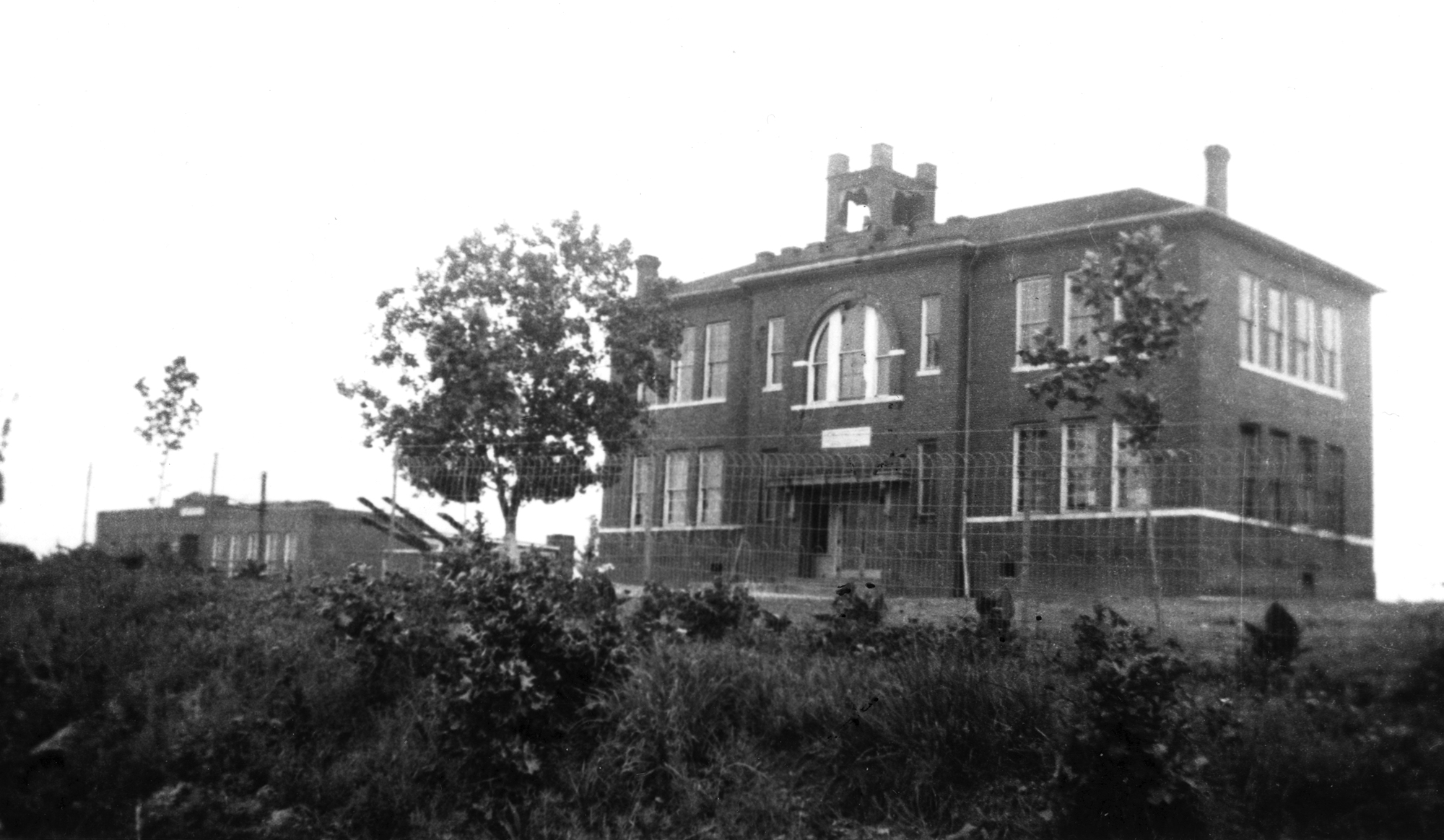LIMA.
Known as one of Oklahoma's thirteen remaining historically All-Black towns, Lima is located in Seminole County south of U.S. Highway 270 on County Road N3600 between Seminole and Wewoka. At the turn of the twentieth century Seminoles and Seminole Freedmen occupied the area. The community known as Lima, named for the local limestone quarries, existed at least by 1904 and probably earlier. The post office survived from 1907 to 1957, and Grudge V. Gross served as the first postmaster. Established on the Chicago, Rock Island and Pacific Railroad, Lima was incorporated in 1913.
In 1914 the town had a newspaper, the Lima Observer. The Mount Zion Methodist Church was constructed in 1915 and at the dawn of the twenty-first century still stood. In 1921 the Rosenwald Fund helped the community build Rosenwald Hall, which was placed on the National Register of Historic Places (NR 84003427) in 1984. The brick building served as the school, educating students through the eighth grade. Also in 1921 John L. Simpson, a leader of the Farmers' Union, spearheaded an effort to integrate African Americans into the association. The union's first state and national Black affiliations were established in Seminole County, and Local Number One was formed in Lima. In 1925 Lima residents won a lawsuit, Moore et al. v. Porterfield et al., in which the Oklahoma Supreme Court ruled that because African Americans held the majority of population (232 Black students to 16 white), the Black school would be designated as its own independent school district and any white school would be legally considered the racially separate school.
In 1926 the discovery and development of the Greater Seminole Oil Field brought prosperity and white settlers to the town. The newcomers started a separate village east of Lima, which became known as New Lima. This community never incorporated but built its own school, post office, and businesses. The combined population numbered 239 in 1930 and 271 in 1940. With the decline in the oil boom, the population dropped to 99 in 1950 and 90 in 1960. In 1957, with the end of segregation, the Lima and New Lima schools merged. The population of the two communities climbed to 256 in 1980 but slowly fell to 74 in 2000 and to 53 in 2010. As the twenty-first century began, almost 90 percent of the population of Lima and New Lima commuted to work, most to Seminole or Wewoka. In April 2020 the census counted 67 residents.
See Also
AFRICAN AMERICANS, ALL-BLACK TOWNS, BETTER SCHOOLS AMENDMENT, CIVIL RIGHTS MOVEMENT, NEWSPAPERS–AFRICAN AMERICAN, ROSENWALD SCHOOLS, SEGREGATION
Learn More
Black Dispatch (Oklahoma City, Oklahoma), 23 September 1925 and 12 November 1925.
James C. Milligan and L. David Norris, "Organizing Wide-awake Farmers: John A. Simpson and the Oklahoma Farmer's Union," The Chronicles of Oklahoma 74 (Winter 1996–97).
Cynthia J. Savage, "The Julius Rosenwald Fund: Northern Philanthropy in Oklahoma's Separate Schools," The Chronicles of Oklahoma 77 (Spring 1999).
Arthur Tolson, The Black Oklahomans: A History, 1541–1972 (New Orleans, La.: Edwards Printing Co., 1972).
Wewoka (Oklahoma) Times, 28 November 2001.
Related Resources
Citation
The following (as per The Chicago Manual of Style, 17th edition) is the preferred citation for articles:
Larry O'Dell, “Lima,” The Encyclopedia of Oklahoma History and Culture, https://www.okhistory.org/publications/enc/entry?entry=LI003.
Published January 15, 2010
Last updated July 29, 2024
© Oklahoma Historical Society


